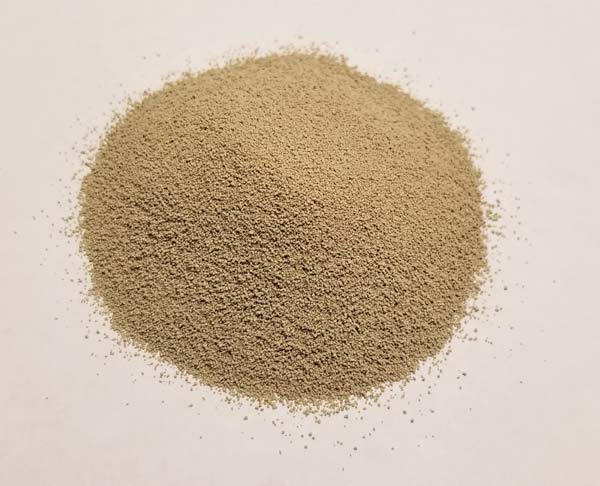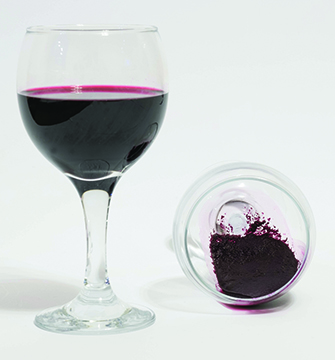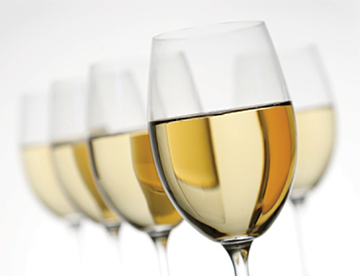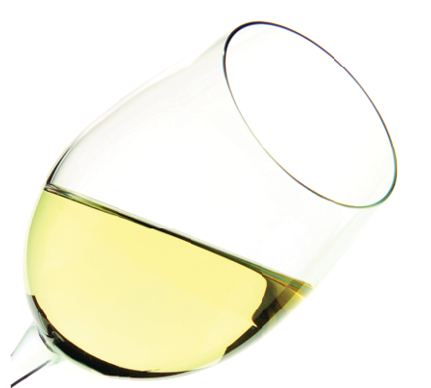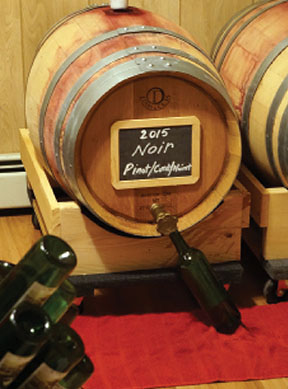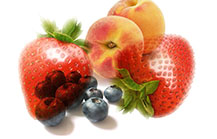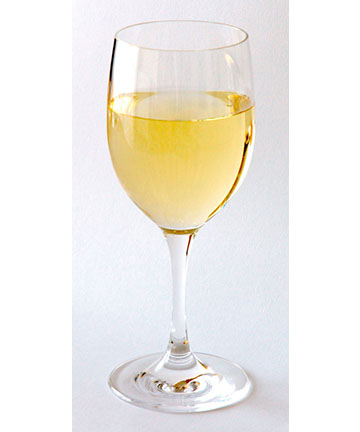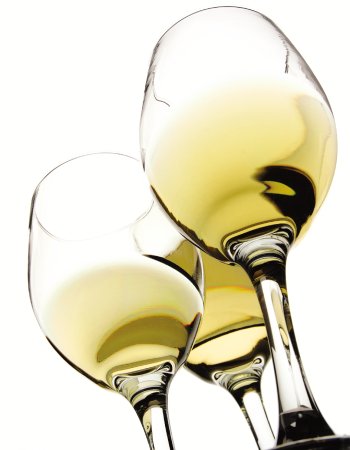Topic: Clarity-and-Filtration
Dealing With Haze
While haze can sometimes just be aesthetically off-putting and not a true flaw, it’s something many winemakers like to avoid. Get the scoop on reducing haze and other benefits, as well as drawbacks, that come with the use of fining agents.
Rules Of Fining
Indeed, after using most fining agents there will be a layer of sediment generated and you’ll need to rack the wine off of it accordingly. Fining agents, by definition, are introduced into
Fine wine
The goal for experienced and new winemakers alike is a product that is both pleasant in taste and appearance. Unfortunately for many new winemakers the result is stubborn cloudiness with sediment, or
Get Crystal Clear About Filtration
If you want to serve a crystal clear and microbial stable wine, it will require filtration. Explore the “how” and “why” of wine filtration, along with the equipment needed to do it.
Fin(d)ing Clarity in the Five S’s
When it comes to clarifying your wine kit, there are five “S’s” that will guide your way: Start, stir, smash, sweep, and suppress.
Fining Red Wines
Red wines are typically not fined as often as white wines, to which we often add bentonite in order to remove potentially haze-causing proteins. The tannin from the skins of red wines
Natural Fining For White and Rosé Wines
Well, an old-timer winemaker I used to work with would say, “The most natural fining agent for any wine is time.” What he meant was that with time, solids fall out, proteins
Mellowing A Big Wine
Even my “purist” winemaking friends usually aren’t opposed to doing a little egg white fining when it comes to smoothing out the rough edges on their big reds. It’s an ancient and
Fun With Wine Filtration
The fun of filtration! I’ll deliver the bad news to you and my readers first by telling you that really no matter how tight of a pore size you use to filter
Fining Your Way to Clear Wine
Fining of wine is the addition of one substance to remove another. It is a diverse subject with several classes of materials involved in its use and lots of different intended outcomes.
Year in a Life of a Wine Part V (Cellar Work)
In the fifth installment of our year-long series about how homemade wine is made using home-grown grapes in Upstate New York, the wines are put through malolactic fermentation and cold stabilized.
Understanding Bentonite
Wine, as I’ve often written, is a complex chimerical soup. Wine naturally contains lots of different amino acids and some of those amino acids are in long-chain form and actually are proteins.
Year in a Life of a Wine Part VI (Bulk Aging and Bottling)
In the final installment of our year-long series, the wines are bulk aged, oaked, and bottled.
Using Enzymes in Country Wines
Country fruit wines can be quite difficult to achieve the desired color, aroma, and clarity levels. Here is a look at the various enzymes typically used in grape winemaking that can also be used in fruit wines.
Fining for Beginners
Learn the ins and outs of fining wine and the options to choose from.
Clearing A 23-Year-Old Concord Wine
Since 1992 (over 20 years) is quite a long time to store bottled wine. If you go to a supermarket or liquor store, you’ll notice that most red wines currently on the
Is the salmonella (commonly associated with eggs) a problem to consider when fining with egg whites?
Egg whites are an ancient, traditional and natural additive and are sometimes used to pull excessive tannins out of wine in a gentle treatment process known as “fining.” Practiced for centuries all
Egg White Fining, Malolactic Levels: Wine Wizard
Is the salmonella (commonly associated with eggs) a problem to consider when fining with egg whites? Bob McKee Tucker, Georgia Egg whites are an ancient, traditional and natural additive and are sometimes
Using Eggs Whites To Fine White Wine
For readers who don’t know, adding a solution of egg whites to wine does a nice job of pulling out excess tannins and phenolics that might cause your wine to be overly
I really want to filter my Chardonnay like the big wineries do. Are there small-scale filters for people who only make a barrel of wine?
Wine Wizard replies: Absolutely. There are an increasing number of filters out there for the small-scale producer. From rough filters that’ll just knock out large, visible particles all the way down to
Cloudy Fruit Wine, Macerating Whites: Wine Wizard
Clarifying elderflower wine I made some elderflower wine last year and have now decanted it into bottles. It is very cloudy. What would you recommend to make it clear, please? Huw M.
Chitosan, dry climate grapes: Wine Wizard
Shellfish and chitosan We’ve all heard of comments about sulfites or phenolic compounds causing headaches, but I use chitosan and kielsosol for clarifying agents. Chitosan is made from shellfish byproducts — could
A Clearer Understanding of Fining Agents
The first thing you notice when someone hands you a glass of wine is its color and clarity. We all expect wine to look clear and appealing and there are many ways
How do you sterile filter your wine?
The short answer to your question is: 0.45 micron nominal filter pads are the industry standard for “sterile” filtration. These pads prevent all yeast and bacteria from getting through. So, if you
Is it possible for a plastic fermenter to impact the effectiveness of isinglass as a fining agent?
Dear Wine Wizard, I used isinglass as a clarifier in my Viognier. I have it in a 55-gallon plastic food-grade barrel. It started to settle out some of the particles but never
